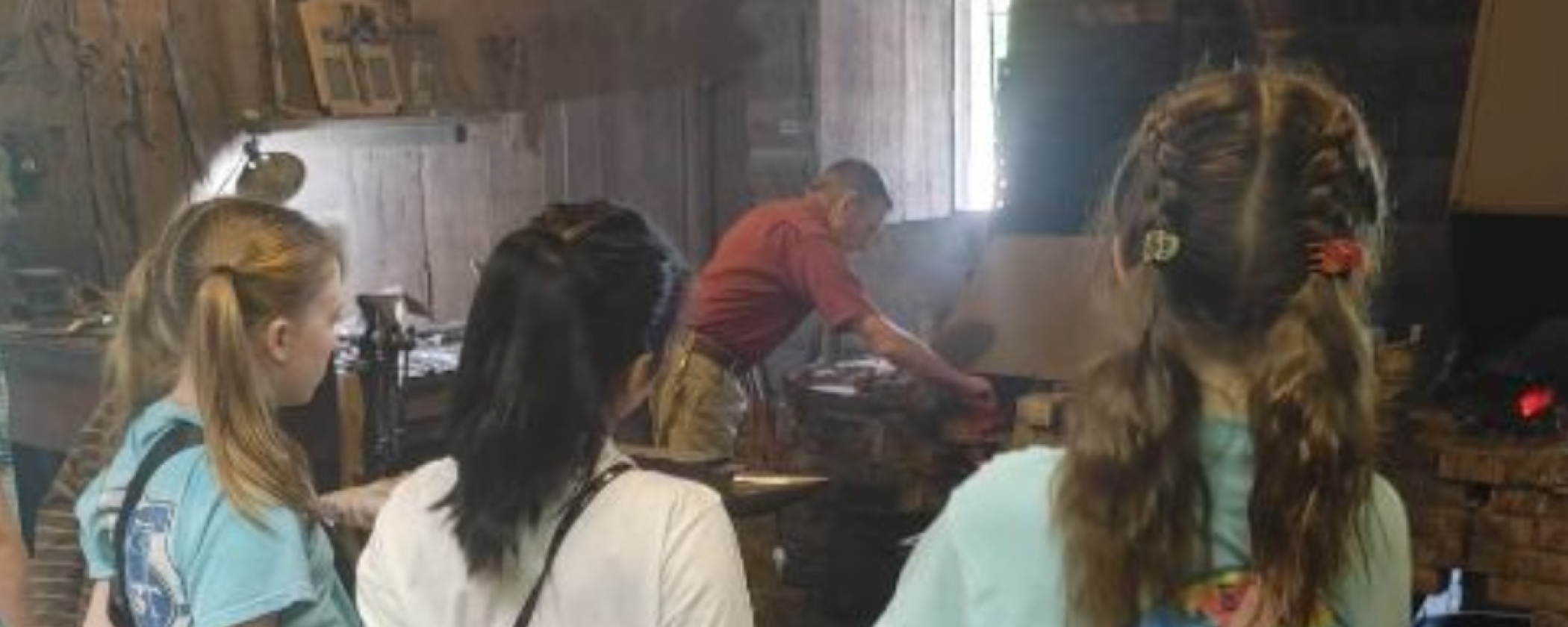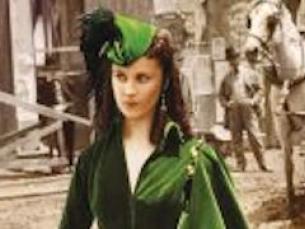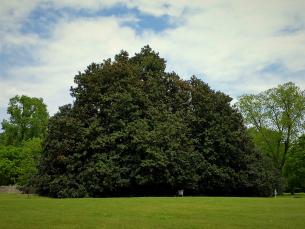
James Black and the Blacksmith Shop
By: Chris AdamsThe Blacksmith Shop at Historic Washington is our most popular site where visitors can learn about James Black, the blacksmith’s role, and how blacksmithing is still relevant today.
James Black has the recognition as the creator of the knife made famous by James Bowie. This knife, known simply as the Bowie Knife, has gripped the American imagination and transcended its purpose as a utility tool to a weapon that has carved its name into American legend and lore. People come from all over to learn about the knife and the man who created it, but what about blacksmithing? Why was this trade important, and what is beneficial about this trade today?
The blacksmith played a vital role in their community. They made tools for the farmers, like plows, nails, harrows and other items such as carriage wheels, basic eating utensils, shovels, door hinges and locks. Their expertise was crucial for the community as many people relied on their work for their livelihoods. James Black, born around 1800 in New Jersey, was one of these blacksmiths with a particular specialty. Before he relocated to Washington in 1824, he apprenticed under a man named Henderson in Philadelphia doing silver plating. After arriving in Washington and seeing no need economically for silver plate, James set up shop with a blacksmith named William Shaw and quickly made a name for himself making knives. His expertise became so valuable that William Shaw struck a deal with Black that if he created knives, then William would do all of the hard work of repairing and doing other things the customer required. By the late 1820s and early 1830s his recognition as a quality knifemaker came to the attention of James Bowie who sought out the blacksmith in 1830. In 1831, the bowie knife was shaped and tempered. However, it is not the shape of the knife that made the Black-made knives desirable, but its tempering. There were seven steps James Black used in his tempering to produce the perfect blade. Unfortunately, no one knows what these seven steps were because they were lost with the death of Black, but his name and his creation's lore live on.
The skills James Black developed through training as a blacksmith are still demonstrated at Historic Washington today. One of these skills is creativity. Blacksmiths sometimes must create one-of-a-kind items; creating these items and other intricate shapes takes a good dose of creativity. The ability to problem-solve is also necessary since blacksmiths have to figure out how to shape and form metal to achieve a desired outcome. These skills are always on display at our shop and taught during our workshops and to the tourists visiting the park daily. A couple of items made in the blacksmith shop that help demonstrate these skills are the steak turners, letter openers and the leaf. These and other more difficult jobs also require physical activity. The job is physically demanding and requires strength, coordination and endurance. However, it is a fun way for people to exercise while learning a new skill.
So, if you want to know the whole story of James Black, how he made the knife, his role in the town as a blacksmith, and shape metal yourself, then take a tour or call and sign up for one of our many workshops. You will be glad you did.



